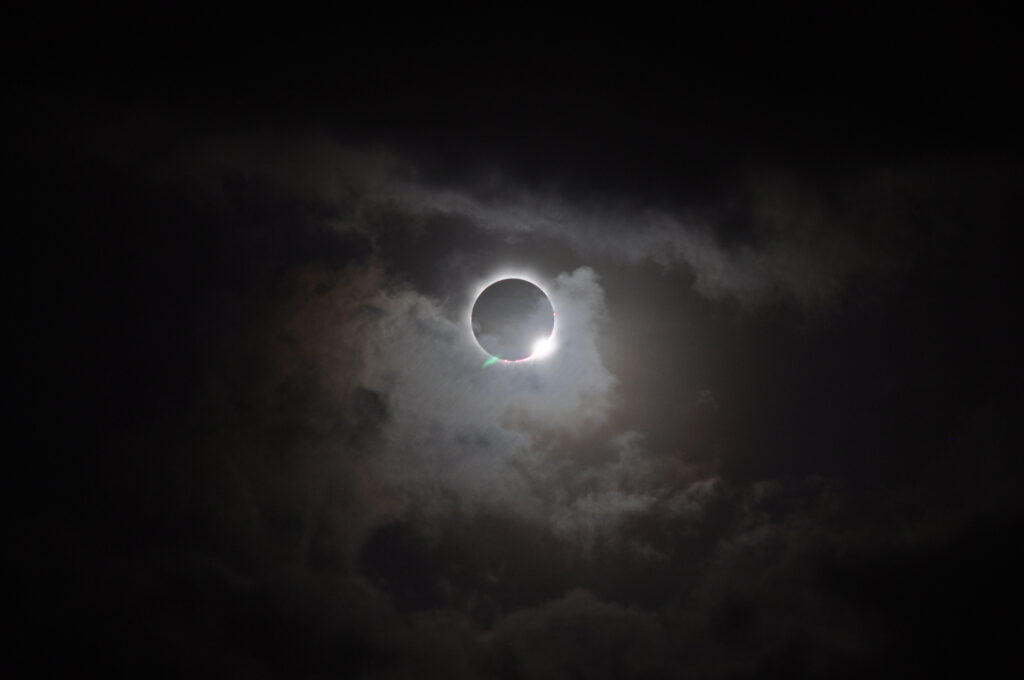Many people are in amazement as the moon crosses in front of the Sun during a solar eclipse, a rare yet impressive event. This is a rare occurrence, especially during a total solar eclipse. On October 25 of this year, many people will be seeing their next partial solar eclipse, which is a bit less rare. In Europe, Northern Africa, and Western Asia, this eclipse will be visible.
This raises the subject of what we can learn from ancient solar eclipse records.
Records of solar eclipses show how the Earth’s rotation changes over a brief period. Five complete solar eclipses, occurring between the fourth and seventh century A.D. in the Eastern Mediterranean, were recorded by researchers after they examined historical texts from almost 1,500 years ago. They identified each eclipse’s most likely times and places. The five eclipses occurred in the years 346, 418, 484, 601, and 693 A.D.
Solar eclipses were located during a time when it had previously been challenging to do so, according to the new study, which was published in The Publications of the Astronomical Society of the Pacific. Researchers looked through archives from the Byzantine Empire to obtain total solar eclipse data from the fourth to the seventh century in the Eastern Mediterranean. These records were used to examine how the Earth’s rotation has evolved over many centuries.
However, because this study is historical, some significant information, such as precise locations and timings, that may have been crucial to modern astronomers’ understanding of the occurrences may have been omitted by those who recorded them many centuries ago.
The research stated, “For each example, we studied the historical source texts to select the most trustworthy reports and reproduce their original texts and provide their English translations. From these data, we further determined the dates and places of the alleged solar eclipses, validated the eclipse totality with the appearance of stars, and estimated their observational time following the informants’ descriptions and locations.”

Even though the data were from a long time ago, a lot of work was put into making sure the study proved to be accurate, reliable, and precise.
Koji Murata, an associate professor at the University of Tsukuba in Japan, stated that although the majority of the original eyewitness testimonies from this period have been destroyed, quotes, translations, etc., preserved by following generations give valuable information.
A formula for delta T, which is stated as the primary factor that this new study helps to explain, is “the difference between the time that is measured using Earth’s rotation as a reference and time that is not. The duration of a day on Earth is reflected in fluctuations in delta T.”
The researchers were able to provide an example of an accurate eclipse record from thousands of years ago since they had such a thorough account of the ancient eclipses with this important variable. They located one that happened on July 19, 418 in Istanbul, which is now in modern-day Turkey, and Constantinople, which was the Roman Empire’s capital at the time.
The detailed information about the Earth’s rotation might help scientists understand more about other past global events, such as changing sea levels and shifting glacier ice volumes throughout the world.
By using information from the past as well as newly learned, updated knowledge to forecast the future, this study can also assist researchers in predicting phenomena.












